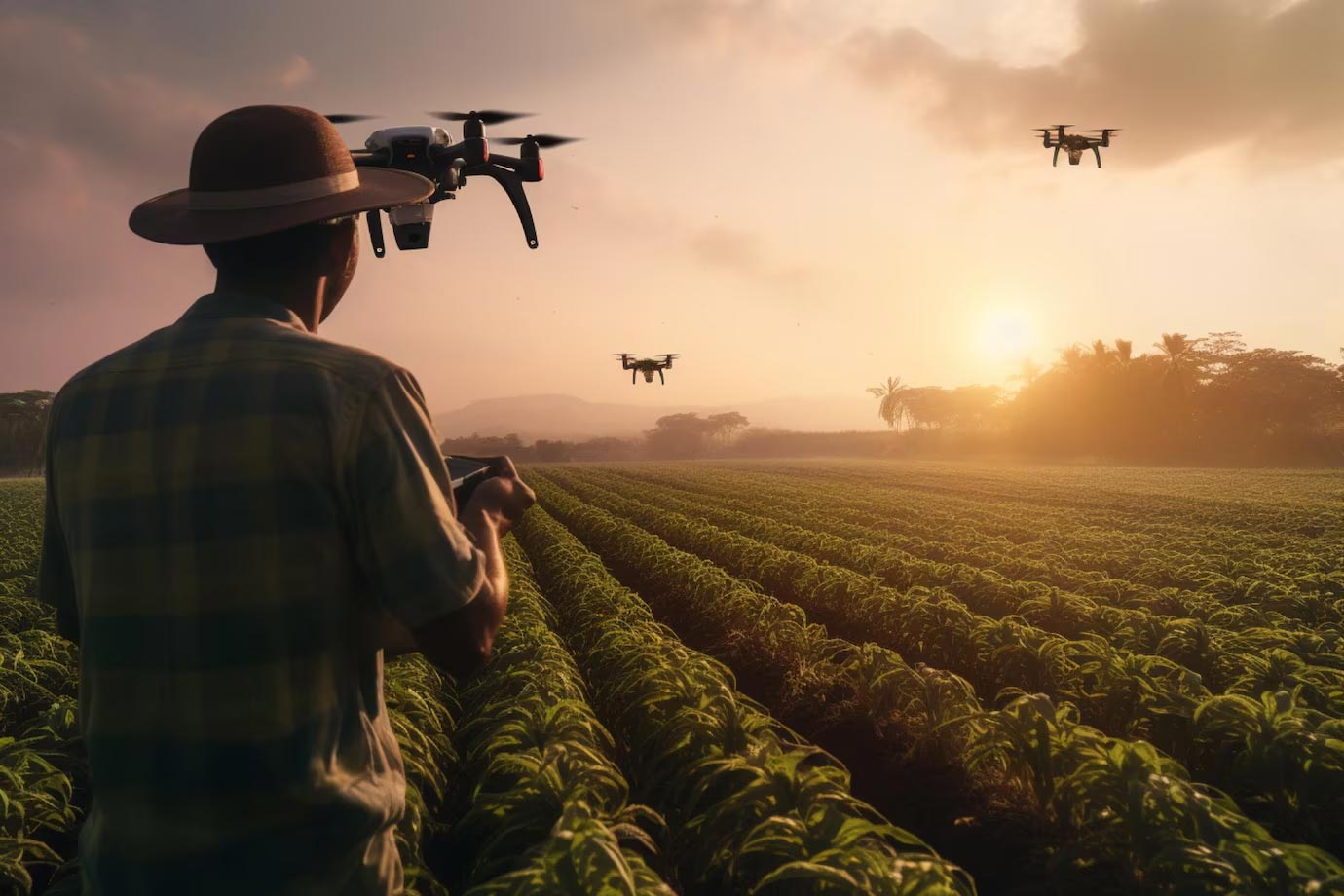Understanding Cop Drones: What You Need to Know
Cop drones are transforming the way law enforcement operates around the globe. These unmanned aerial vehicles (UAVs) can be equipped with a variety of tools to assist police in a range of scenarios. Their uses span from surveillance to search and rescue operations, crowd monitoring, and beyond. Let’s delve into how these drones are utilized by law enforcement agencies.
Surveillance and Observation
One of the primary uses of police drones is surveillance. Equipped with high-resolution cameras and sensors, drones can monitor large areas quickly and efficiently. This makes them invaluable in situations such as tracking suspects or monitoring large public events. The live footage from drones can be transmitted directly to command centers, providing real-time updates and enabling quick decision-making.
Search and Rescue
In search and rescue operations, time is critical. Drones can cover large areas much faster than ground teams. They can be equipped with thermal imaging cameras to locate missing persons in dense forests or rugged terrains. This capability significantly increases the chances of finding individuals quickly and can be the difference between life and death in critical situations.
Accident and Crime Scene Analysis
Cop drones can be deployed to accident and crime scenes to capture aerial imagery. These images provide a comprehensive view of the scene that is difficult to achieve from the ground. Drones can document the entire area quickly, preserving the scene for later analysis. This helps in creating accurate reports and reconstructions, aiding investigations.
Crowd Monitoring
Managing large crowds during events like protests, festivals, or sports games can be challenging. Drones offer a bird’s-eye view that helps law enforcement monitor crowd movements and identify potential issues before they escalate. This proactive approach can prevent incidents and ensure the safety of both the public and police officers.
Traffic Management
Drones can be employed to monitor traffic flows and identify congestion spots. Real-time data from drones can be used to manage traffic lights, direct patrol units, and provide updates to the public. Over longer periods, the data collected by cop drones can help in urban planning and reducing traffic issues.
Disaster Response
In the aftermath of natural disasters like floods, earthquakes, or hurricanes, drones can be crucial in assessing damage. They provide quick aerial surveys of affected areas, helping authorities prioritize their response efforts. This swift assessment can be essential in coordinating rescue operations and delivering aid to those in need.
Border Patrol and Security
Securing borders is a complex task that cop drones can simplify. UAVs can patrol vast and difficult-to-access border regions more efficiently than ground patrols. They can detect illegal crossings, smuggling, and other threats, providing alerts to border security forces promptly.
Limitations and Challenges
Despite their advantages, cop drones face several challenges. Weather conditions can impact their operation. Heavy rain, strong winds, and extreme temperatures can hinder drone performance. Battery life is another limitation, as drones need to be recharged frequently. Privacy concerns also arise with the use of surveillance drones, leading to debates about regulations and oversight.
Legal and Ethical Considerations
The use of cop drones raises important legal and ethical questions. Regulations vary widely between countries, affecting how drones can be deployed by law enforcement. Balancing security needs with protecting individual privacy rights is a contentious issue. Policymakers, law enforcement agencies, and the public must engage in ongoing dialogue to establish fair and transparent guidelines.
Technological Advances
Advancements in drone technology are rapidly expanding their capabilities. Improvements in battery technology are extending flight times. Enhanced sensors and AI integration are making drones smarter and more autonomous. Future developments may see drones that can operate in swarms, providing even greater coverage and efficiency for law enforcement operations.
Training and Implementation
Effective use of cop drones requires specialized training for law enforcement personnel. Pilots need to be skilled in operating drones as well as interpreting the data they collect. Implementing drone programs also involves significant investment in equipment, maintenance, and software. Agencies must weigh these costs against the benefits to ensure a net positive impact.
Public Perception
The public’s perception of cop drones can influence their acceptance and effectiveness. Transparency about how drones are used and for what purposes can build trust. Community engagement and education about the benefits and safeguards in place can help alleviate fears and gain public support for drone initiatives.
Cop drones represent a significant evolution in law enforcement tools. Their ability to provide real-time aerial insights offers clear advantages in various scenarios. As technology and regulations evolve, their role within law enforcement is likely to expand further.
